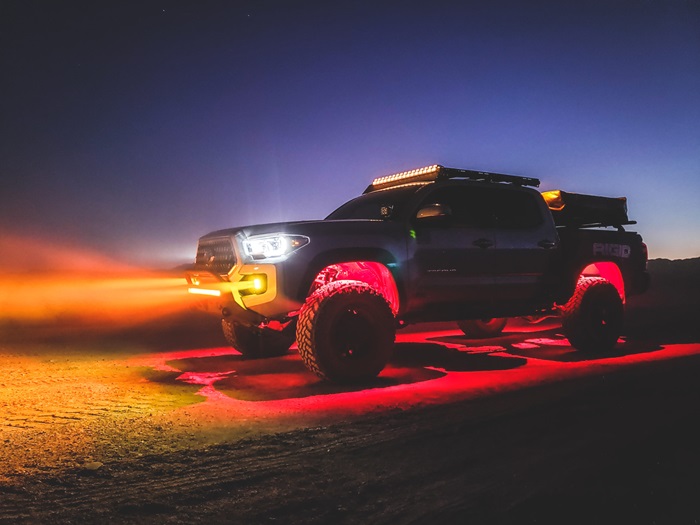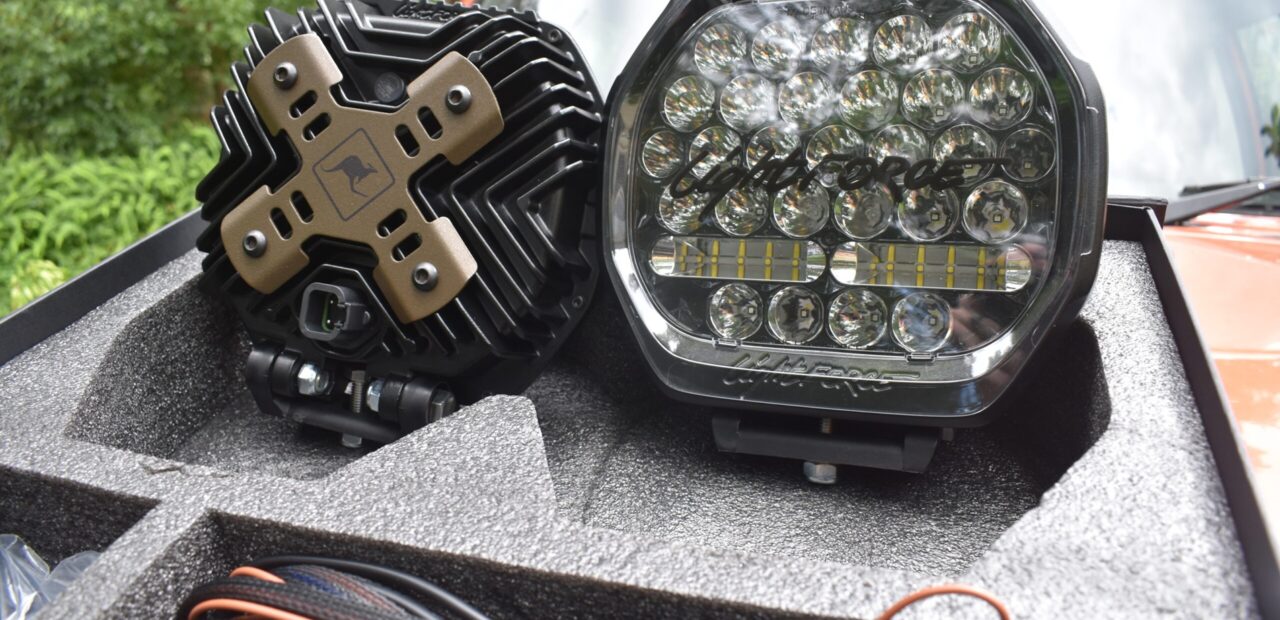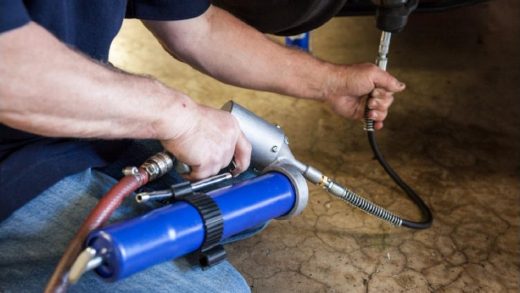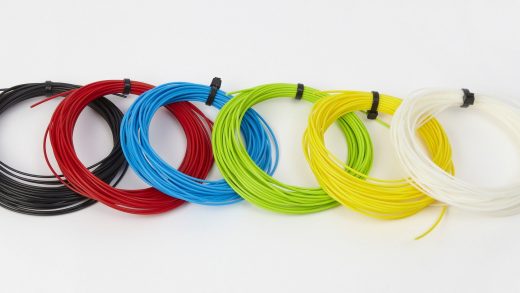Off-Roading Essentials: How LED Light Bars Enhance Your Driving Experience
Off-roading can be challenging, especially if your ute or 4WD isn’t geared up correctly. There are dozens of aftermarket additions to consider when hitting the red soils, but a decently configured lighting array should be the first addition to your rig for optimal visibility. Besides the stock head and fog lights, a pair of driving lights sitting snug on the bull bar, and a complementing LED light bar positioned higher up provide enough brightness in any driving scenario.
Contents
Light Bar Basics

Light bars are the lighting fixtures that have become an off-roading necessity due to their bright focussed beams, durable build and low power use. They come in varying styles and configurations, cast spot or flood beams (or a combo of both) to illuminate more of the road ahead, and their small footprint provides mounting flexibility. Most though are fitted to bull bars or roof racks and are often combined with driving lights, or separate spot and floodlights for maximum visibility at night and during adverse weather conditions.
With recent advancements in lighting tech and the wide selection of brands, LED light bars are no longer reserved for the lucky few. Prices have plummeted, but overall quality, brightness and build have substantially improved. There’s also more attention to styling and detail, meaning they also add a dose of off-roading readiness even before hitting the trails.
Why They’re a Must-Have for Off-roading
Harsh settings require you to have the vehicle fitted with all the safety accessories. Aftermarket lights and light bars aren’t just about enhancing visibility. They also provide:
- Safety – the Outback is unforgiving and a world apart from urban settings where utes and 4WDs spend most of their time. Not only is there a lack of any visible roads, but common obstacles like boulders, ruts, fallen branches and curious wildlife will make driving much harder. Light bars help drivers navigate through safety risks and return home unscathed.
- Brightness and visibility – with more of the path ahead illuminated, you’ll know exactly what you’re getting into, and adjust vehicle speeds to suit the conditions. Light bars provide more visibility further into the distance and the sides of the vehicle, so turning, accelerating, braking and gear changes can be done at the right time. Light bar size and the use of quality LED chips largely determine how bright these lighting fixtures get.
- Durability – manufacturers aren’t skimping on quality materials and solid, sealed housings to shield the LEDs from adverse weather, dust, insects and birds. There’s lower heat buildup in LED light bars than comparable halogens and Xenon bulbs in other off-roading lights, and the build prevents cracks and damage from impact or exposure to water and dust. Moreover, LEDs are rated for over 50,000 hours of continual use, so you know they’ll last.
- Looks – sleek designs and upscale materials add a needed dose of style to any vehicle primed for off-roading duty. 4×4 LED light bars complete the aggressive and ready look, complement other gear, and add a personal touch with different styles and sizes to suit a range of vehicles and personal tastes.
What to Look for When Buying

When setting out to buy LED bars, a few key factors will determine how they perform, how long they last, and how much you’ll be paying. Consider the number of rows, the light’s overall size, max brightness levels, beam patterns, water and dust protection, and power use.
Single, Dual or Quad Bars?
More rows don’t automatically mean better lighting performance. Single-row bars have bigger lighting arrays, and the bar assumes a lower profile. Yet, there’s more than enough brightness to work with. Dual and quad-row use more LEDs in a taller design and can get slightly brighter. The main differences though are in how the designs fit the vehicle and the designated mounting spaces.
Sizes
Bars come in sizes from 6 to 50 inches in length. Bigger and longer lights will give you more brightness, but they will also draw more power. The appeal of smaller light bars is that you can fit them in various spaces along the vehicle without too much hassle, and combine multiple lights for a distinct look to the vehicle and light spreading in the desired direction.
Brightness
To ensure you get a bar with spades of brightness, look to effective or rated lumens. This is the brightness of teh light bar after being on for 30 minutes, and when factors like outside temperatures, designs in the lenses and how the bars are wired are taken into account. Brightness can also be given as a LUX rating, or the amount of lumens at a given distance. For reference, a light bar with 10 to 15 thousand lumens or 1 LUX at 1000 metres will provide more than enough light for any off-roading driving scenario.
Beams
Light bars with spot beams will provide enough light in low visibility when paired with the car’s headlights and any additional driving lights. There are also bars with flood beams if you need improved peripheral visibility. Newer designs incorporate both spot and flood beams into a single bar and angle the light for the best possible visibility.
IP Ratings, Waterproofing and More
Water, dust, impact and more can all damage lights and leave you in the dark. Look for an LED light bar with an IP68 rating or above, to ensure that it lasts in heavy downpours, hail and dust storms, and direct hits. Most lights also have an ISO certification, meaning they’re manufactured, assembled and tested for the intended conditions. Lastly, while LEDs have very low power requirements, if you’re combining more than a few light bars, consider how much power they need to run at full brightness, and whether your ute or 4WD needs a beefier secondary battery.

















